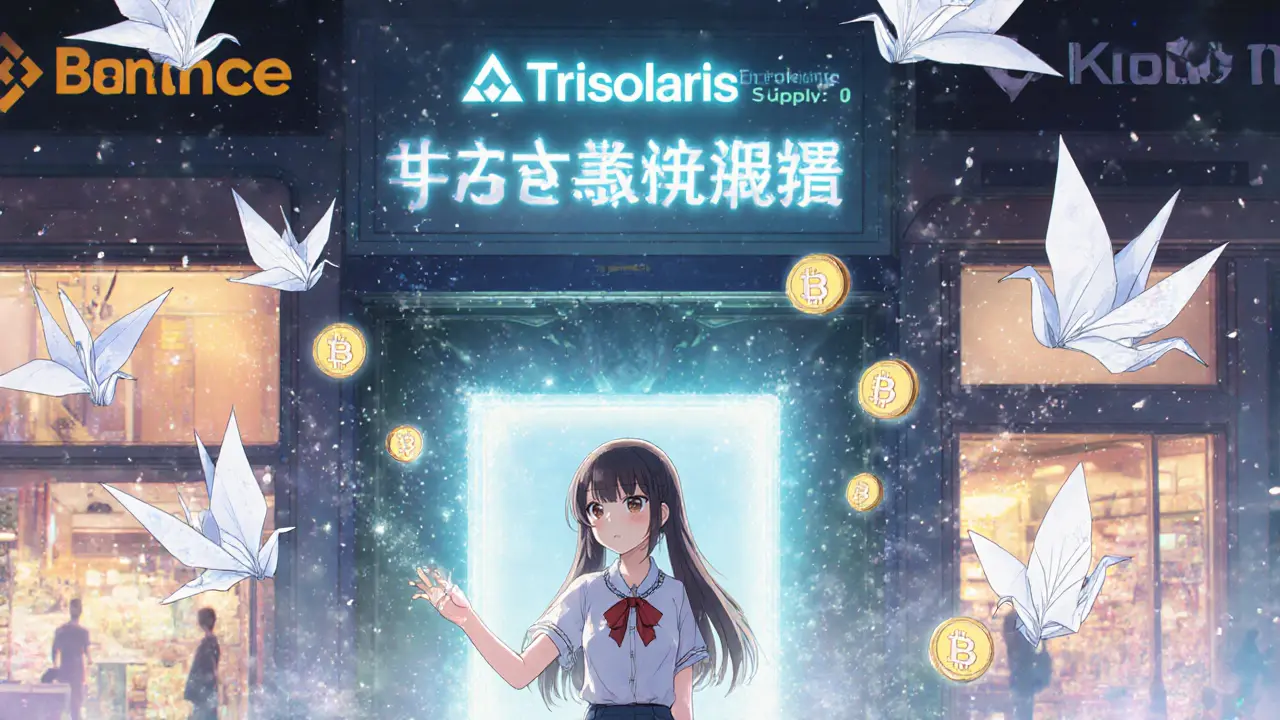DeFi Protocol: What It Is, How It Works, and Why It Matters
When you hear DeFi protocol, a decentralized financial system built on blockchain that lets users lend, borrow, and trade without banks. Also known as decentralized finance, it’s not a single app—it’s a whole ecosystem of smart contracts working together like LEGO blocks to replace traditional banking. Unlike banks that lock your money behind passwords and paperwork, DeFi protocols run on code. Your funds stay in your wallet, and you control every move—no approval needed, no middleman taking a cut.
But here’s the catch: these protocols are only as strong as the weakest link. Smart contracts, self-executing code that runs on blockchains like Ethereum and Solana handle everything from swapping tokens to locking up cash for interest. One tiny bug, and millions can vanish overnight—like what happened with the composability risks, when one DeFi app depends on another, and a failure in one crashes the whole chain. That’s why so many posts here warn about hidden dangers in yield farming, stablecoin depegs, and cross-chain bridges. You’re not just trusting code—you’re trusting code that’s built on more code, all stacked up in the dark.
What makes DeFi protocol exciting isn’t just the returns—it’s the freedom. In places like Colombia or Afghanistan, where banks are unreliable or banned, people use DeFi to send money, protect savings, or even pay for groceries. In 2025, over $123 billion is locked in these protocols, mostly powered by stablecoins like USDC and DAI. But most users don’t realize how much of this growth comes from automated tools like Harvest Finance or FlatQube—platforms that do the heavy lifting of compounding interest or swapping tokens without you lifting a finger. The problem? Many of these tools are built on obscure blockchains with zero audits, and the tokens behind them often have no real use beyond speculation.
That’s why the posts here don’t just list DeFi protocols—they tear them apart. You’ll find breakdowns of real tokens like FARM, MAY, and AIN, not just hype. You’ll see how cross-chain bridges lost $21 billion to scams, why stablecoins like UST collapsed, and how AI is now being wrapped into DeFi apps to make them easier—but no safer. This isn’t a beginner’s guide to earning 100% APY. It’s a reality check: DeFi protocol gives you control, but it also puts all the risk on you. If you’re diving in, you need to know what’s underneath the hood, not just the shiny dashboard.
Trisolaris Crypto Review: Is TRI a Real Exchange or a DeFi Token?

Trisolaris (TRI) is not a crypto exchange - it's a DeFi token with zero circulating supply and no real trading activity. Learn why it's not a viable investment and where to find legitimate DeFi options instead.
